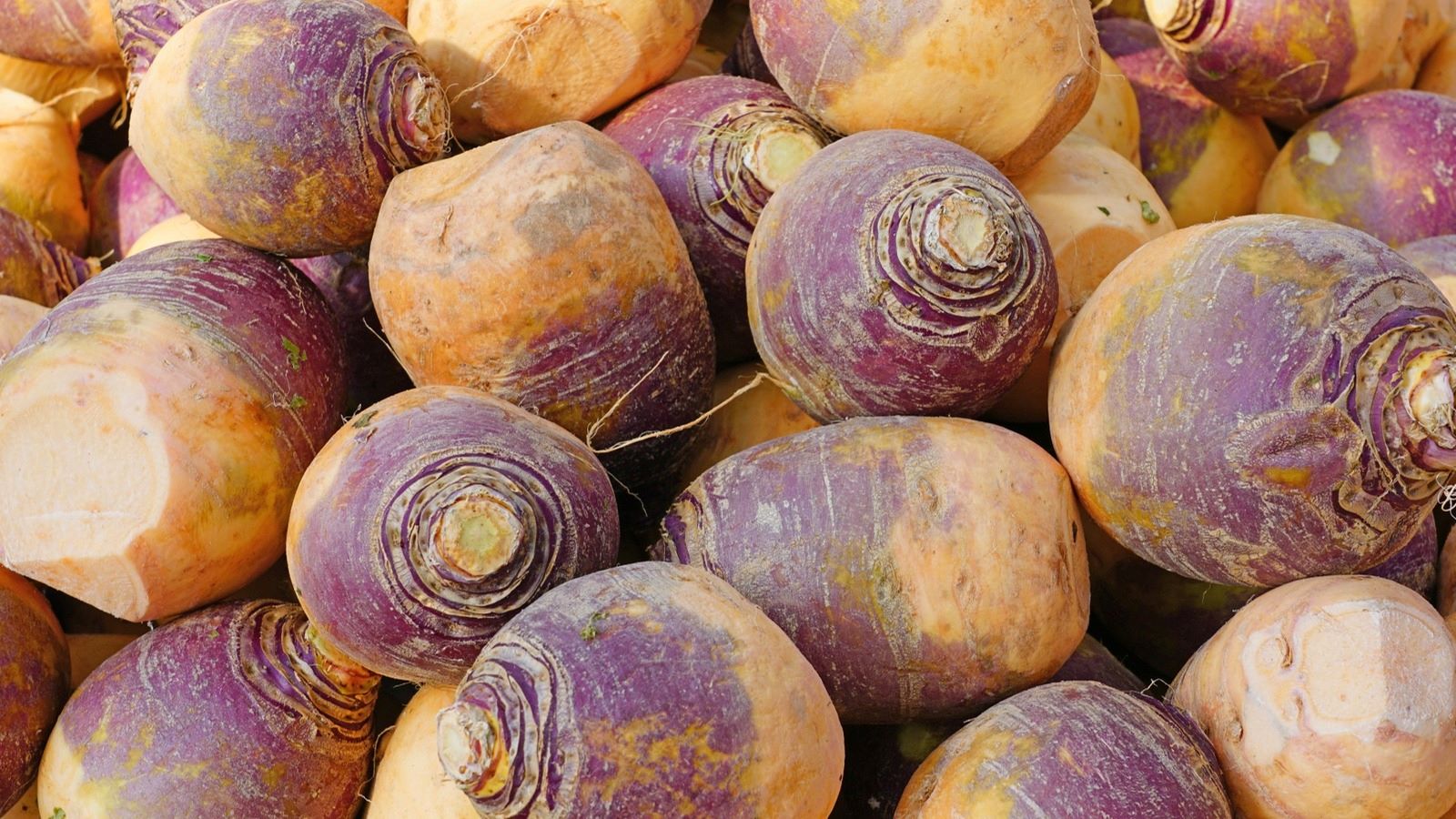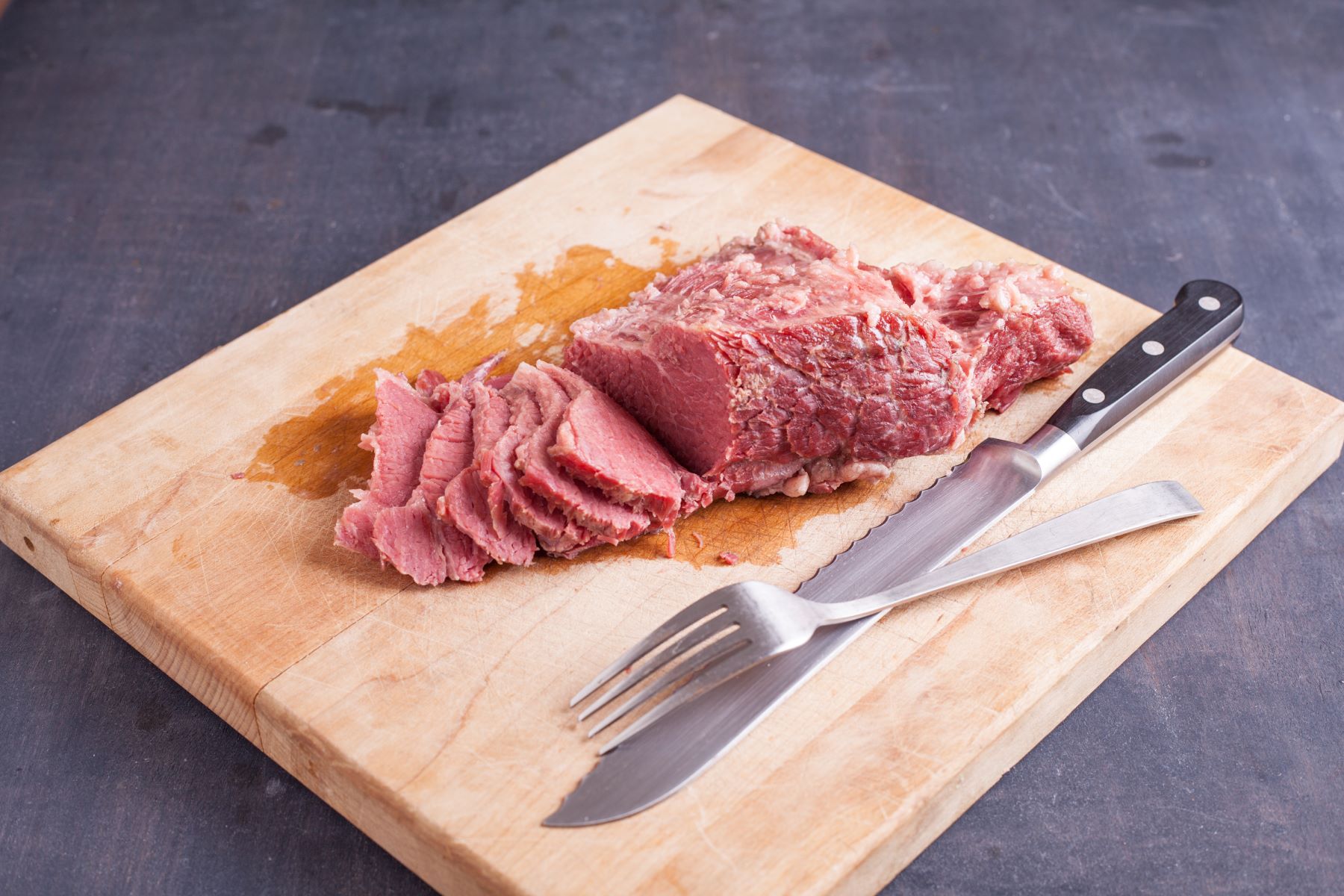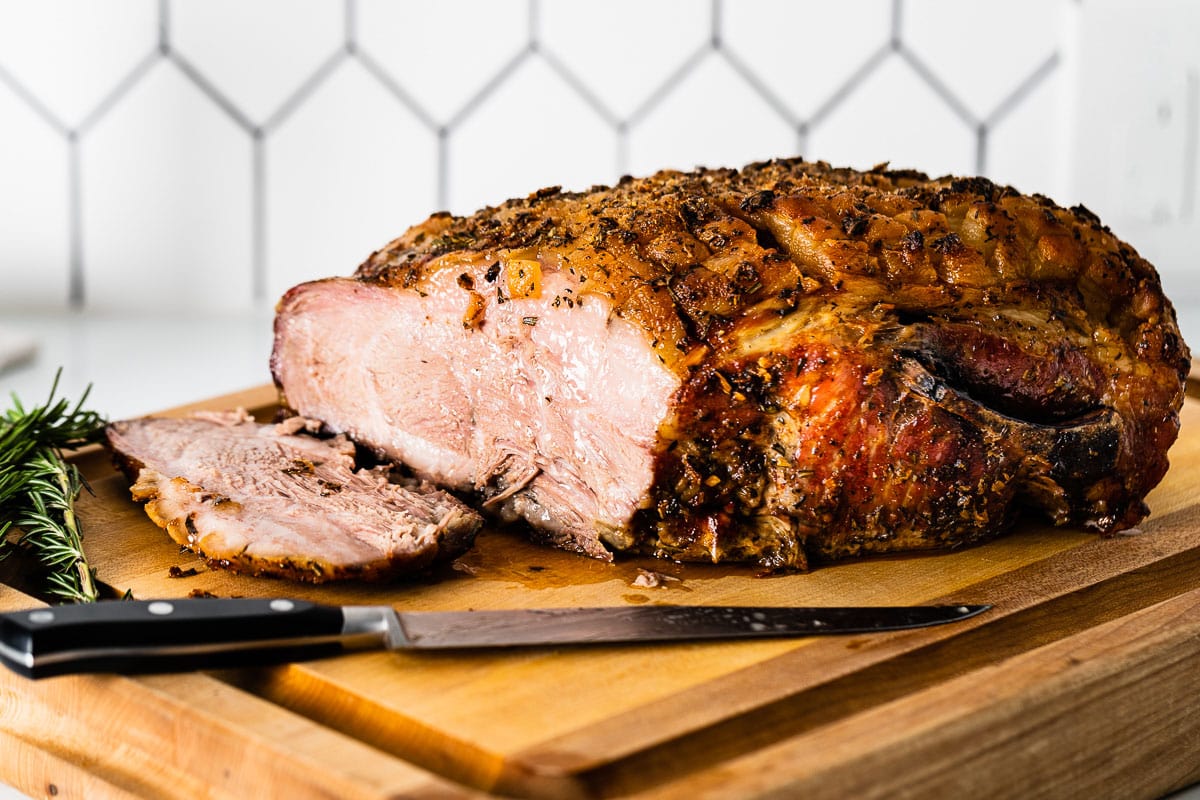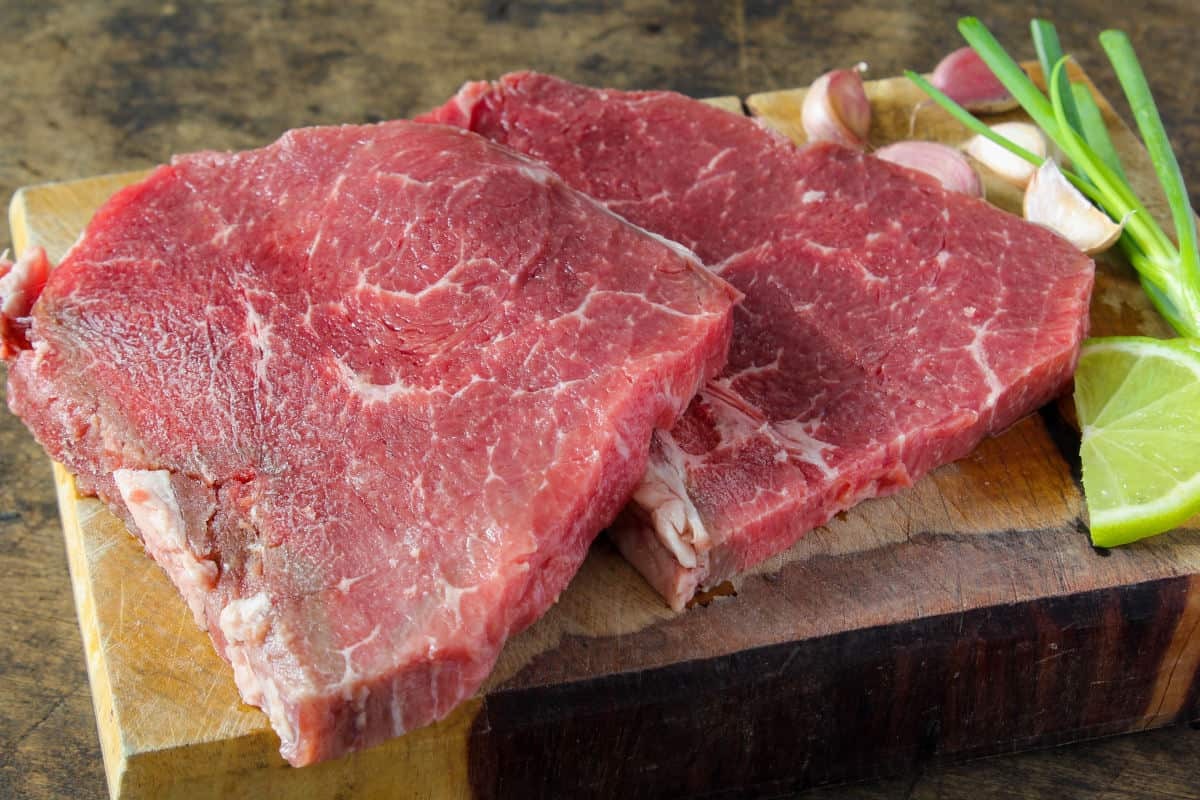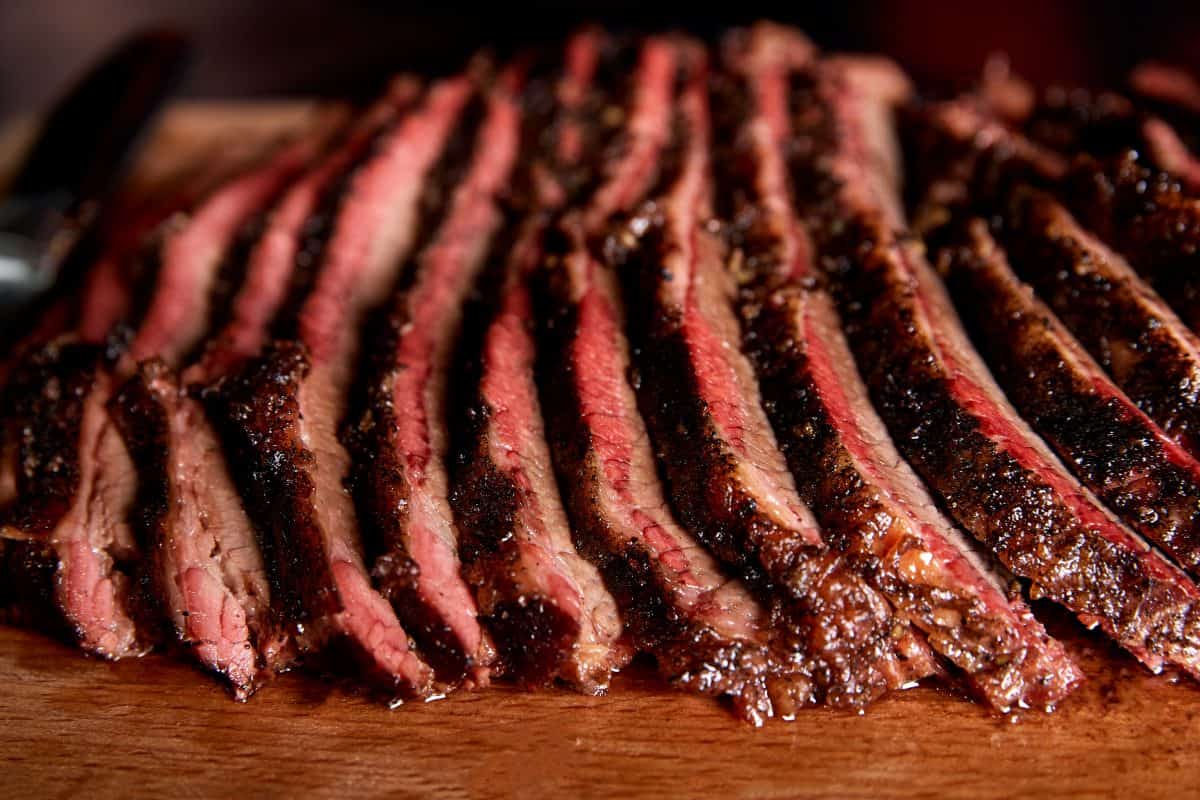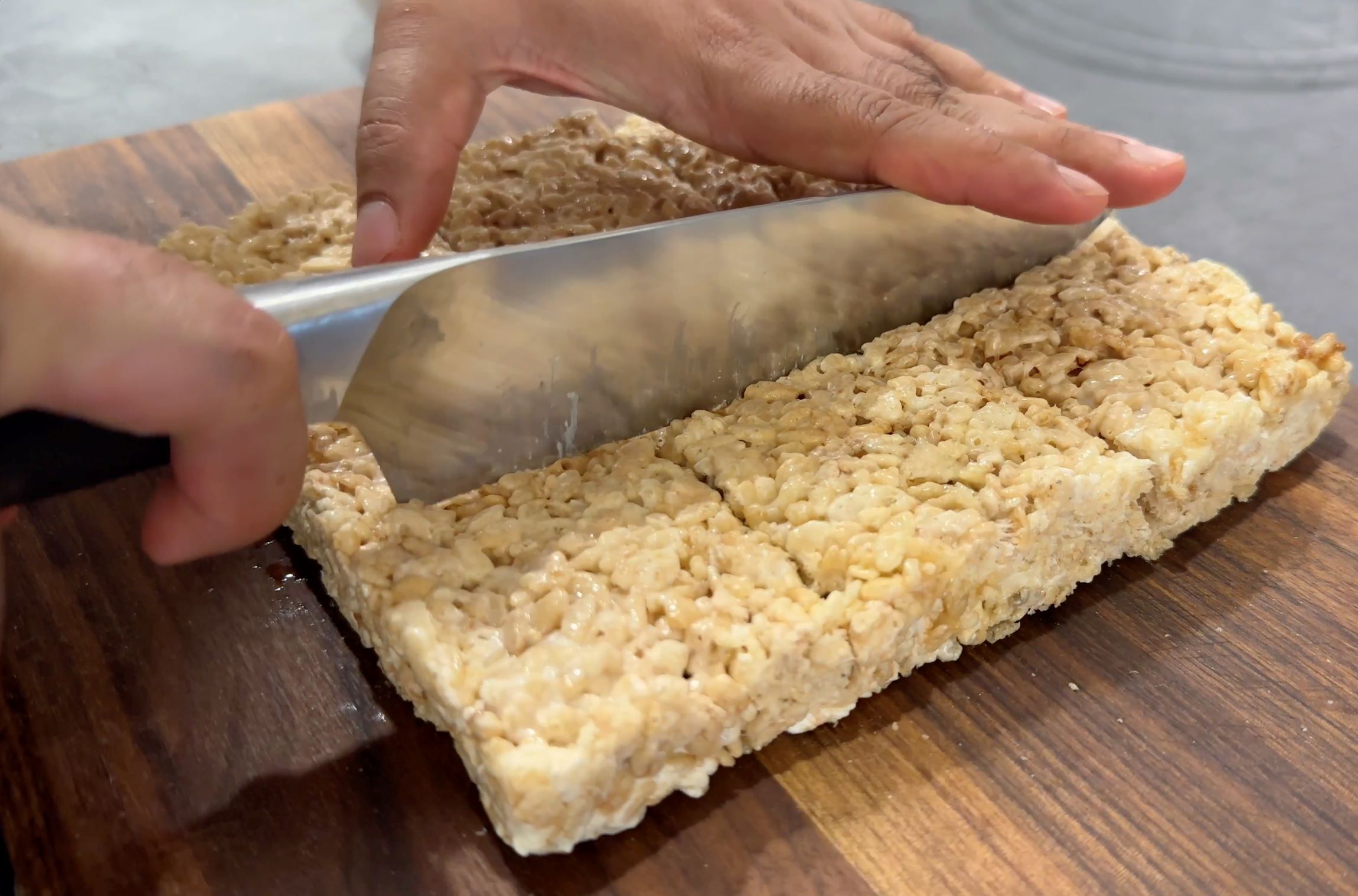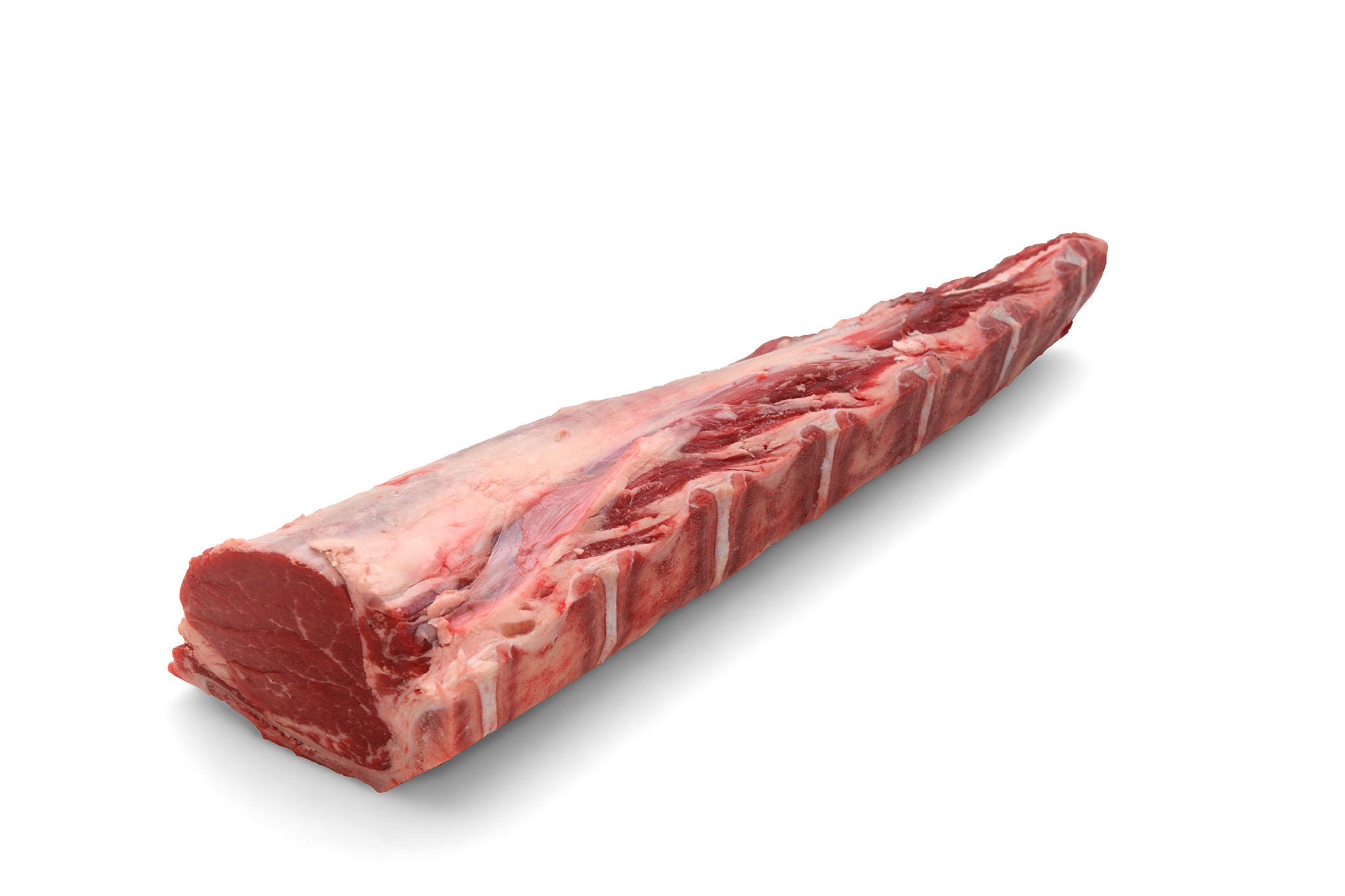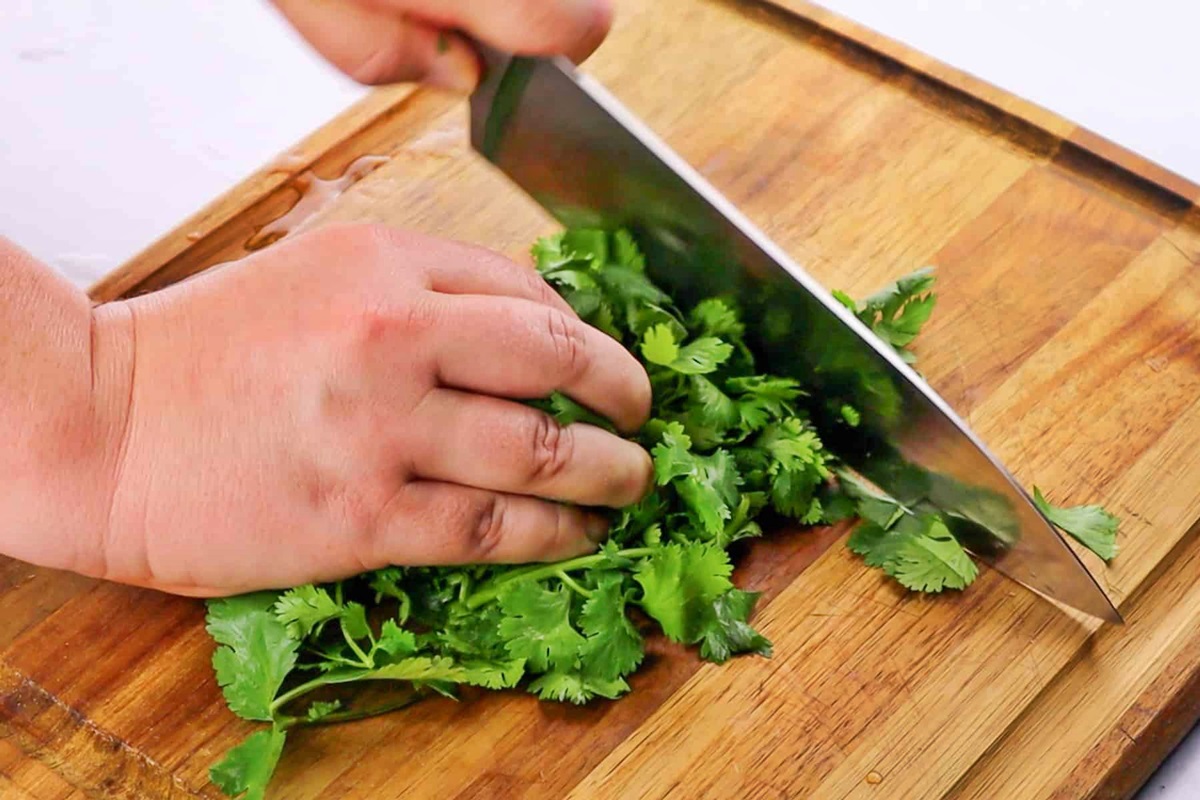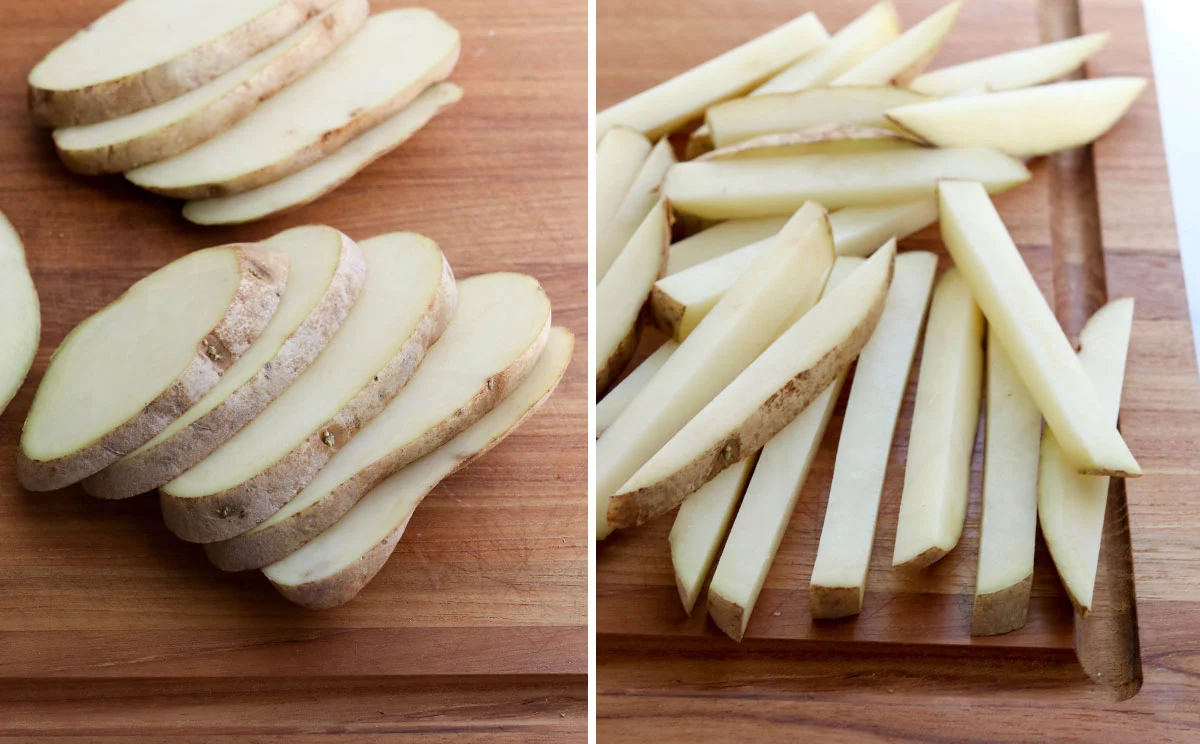How To Cut Veggies: A Beginner’s Guide
Are you tired of struggling with your knife skills when it comes to cutting vegetables? Don’t worry, we’ve got you covered! In this guide, we will walk you through the essential techniques to help you become a pro at slicing and dicing veggies in no time. Whether you’re a seasoned cook or a beginner in the kitchen, these tips will surely elevate your vegetable cutting game.
1. The Basic Slice
The basic slice is the foundation of cutting vegetables. Start by choosing a sharp knife that feels comfortable in your hand. Hold the vegetable firmly and make sure your fingers are tucked away from the blade.
When cutting round vegetables like onions or tomatoes, start by slicing off the stem end. Then, place the flat side down and make even slices according to your desired thickness. For long vegetables like carrots or cucumbers, slice them diagonally or crosswise to create uniform pieces.
2. Julienne Cut
If you want to add a touch of elegance and uniformity to your dishes, the julienne cut is the way to go. This technique involves cutting vegetables into thin, matchstick-like strips. Start by peeling the vegetable (if necessary) and creating a flat surface by cutting off the rounded sides.
Next, slice the vegetable lengthwise into thin strips. Gather the strips into a stack and cut crosswise to create the desired length for your julienne. This technique is perfect for stir-fries, salads, or garnishes.
3. Dicing Vegetables
Dicing vegetables is a fundamental skill that will make your meal preparation more efficient. For even-sized cubes, start by cutting your vegetable into slices. Stack the slices and cut them into matchsticks
Finally, gather the matchsticks together and cut across to create perfect vegetable dice. Diced vegetables are great for soups, stews, and stir-fries.
4. Chopping Herbs
When it comes to chopping herbs, a delicate touch is required. Rinse your herbs and remove any tough stems or wilted leaves. Gather the herbs into a tight bundle and hold them firmly with one hand.
Using a rocking motion with your knife, start chopping the herbs from one end to the other. Keep your fingers clear of the blade and continue until you reach the desired consistency. Chopped herbs add freshness and flavor to a wide range of dishes.
5. Safety Tips
- Always use a sharp knife to minimize the risk of accidents.
- Pay attention to your fingers, keeping them away from the blade.
- Use a stable cutting board to prevent slips.
- Take your time and focus on each cut to maintain accuracy.
- Keep children away from the kitchen when cutting vegetables.
Now that you have learned the basics of vegetable cutting, it’s time to put your skills to the test. Remember, practice makes perfect, and with time, you’ll become more efficient and confident in your cutting abilities. So grab your knife, get chopping, and enjoy the delicious results!
Was this page helpful?
Read Next: How To Cut Thin Slices Of Meat
